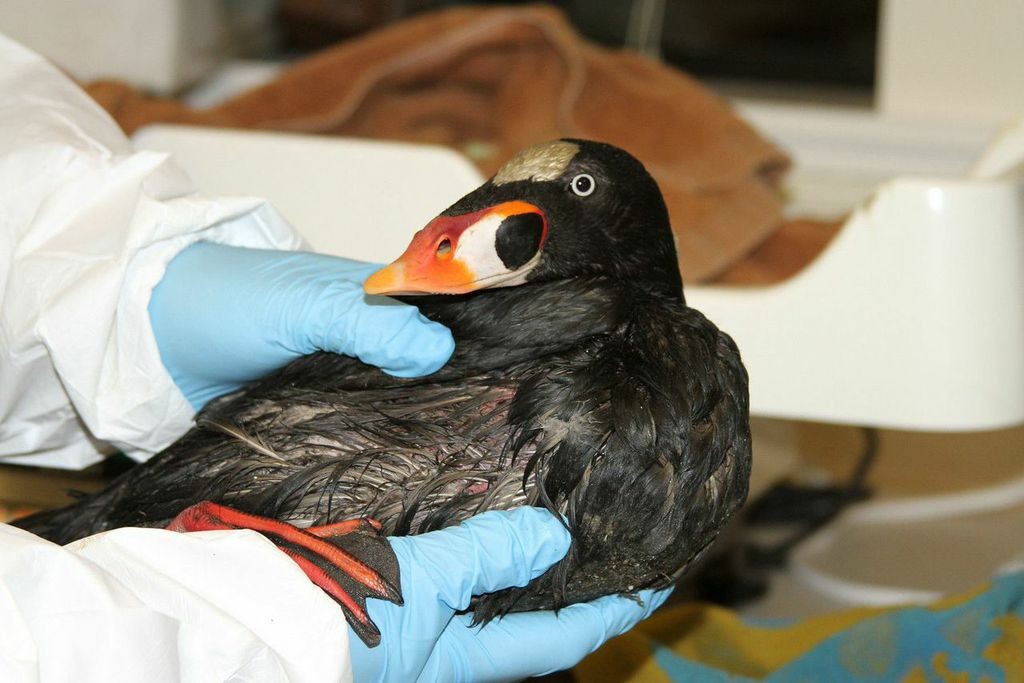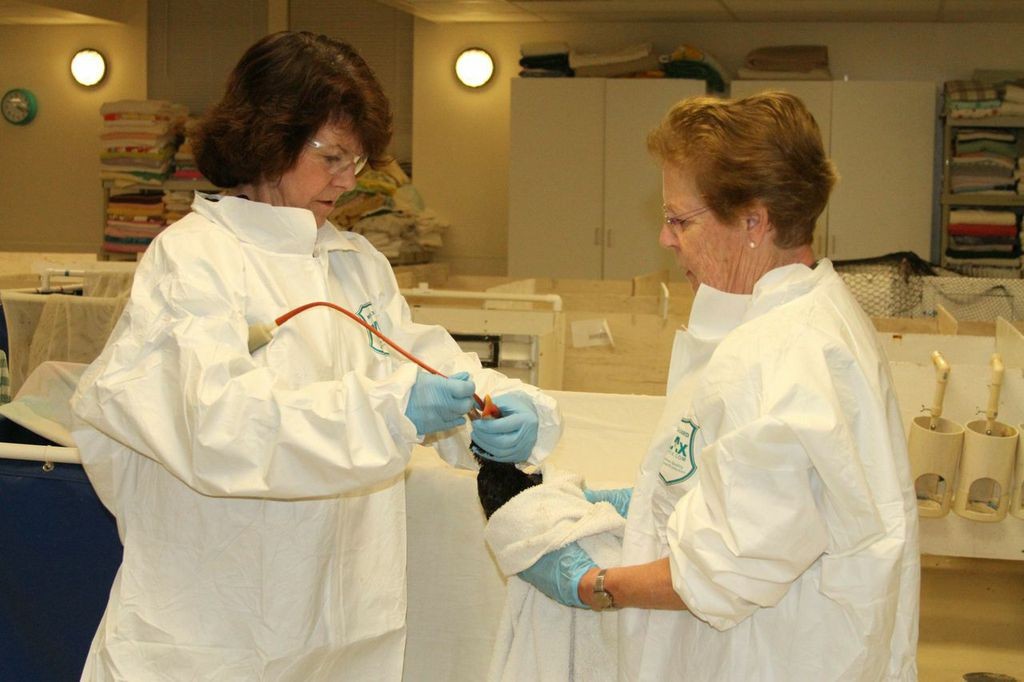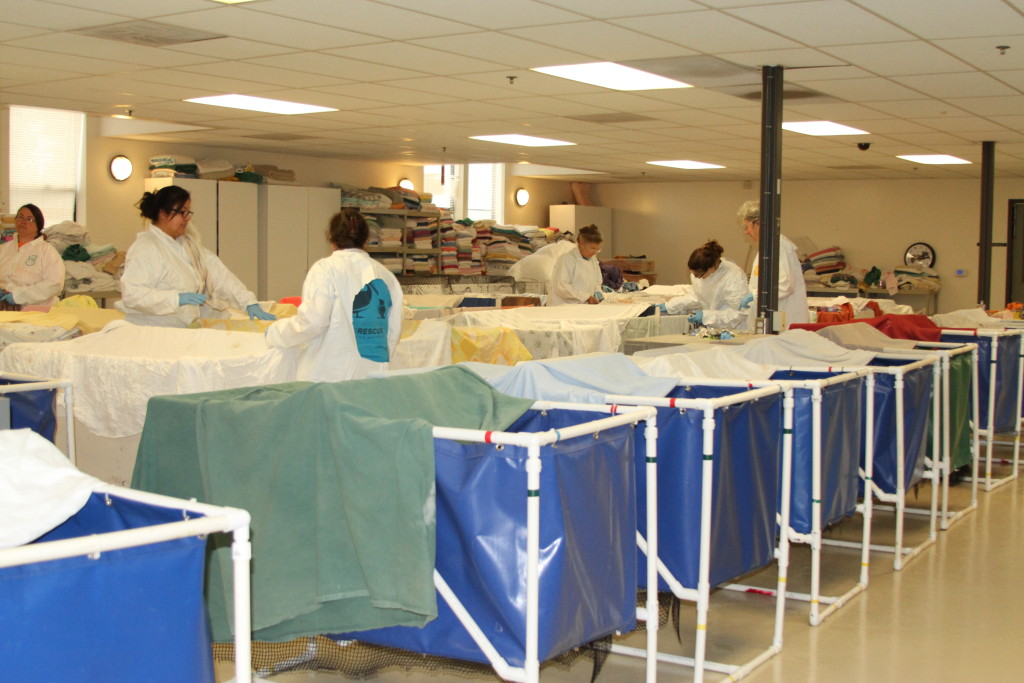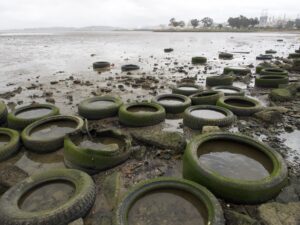State officials will begin forensics testing as early as today to determine the substance that has killed at least 20 seabirds in the San Francisco Bay and wounded more than 200 others.
International Bird Rescue (IBR) began taking in an influx of birds late Friday night from areas along the shoreline in the East Bay that were covered in a mystery substance that destroys feather waterproofing, causing hypothermia and death. State investigators from California Department of Fish and Wildlife say the substance is not petroleum based, and is a kind of gray mucus-y organic material that has since dispersed and is no longer a risk.
“It’s a mystery, it really is,” said Andrew Hughan, a spokesperson for the department. “Wardens have never seen anything like this. More importantly, the bird people have never seen something with this kind of viscosity and content. It’s usually the classic case of some kind of petroleum-based something that leaks out of a ship and is not reported.”

The U.S. Coast Guard did a flyover over the weekend and didn’t see anything of the substance, which was only visible up close in the waters where it appeared along Crab Cove in Alameda, the Hayward shoreline and the San Leandro Marina, Hughan said. This week, and possibly as early as today, water samples and necropsies of the dead birds will be analyzed in a Fish and Wildlife lab to try and determine what the substance is, he said.
“The first priority is to find out what it is and where it came from and if there’s a responsible part for it,” Hughan said. “It’s a kind of police investigation, so it’s one step at a time.”
IBR is reporting that the substance could be polyisobutylene, or PIB, the same material used to make butyl rubber gloves and is used as an adhesive in everything from sealants to chewing gum. In 2013, a PIB release killed thousands of seabirds in the U.K.
In the meantime, IBR veterinary and rehabilitation staff have been working overtime during the long, holiday weekend to care for the injured birds. As of Monday, of the 242 seabirds at the IBR center, 55 have been washed of the contaminant, while 187 are being stabilized before they can be washed. The IBR reported that at least 25 birds arrived dead.
“I can tell you we are seeing surf scoter in the largest number and then diminishing numbers of other species,” said Barbara Callahan, IBR’s interim executive director, who served as bird unit leader during the 2010 BP oil spill. “The good news is that we have modified our wash protocol and it appears to be working on healthier birds. However, some of the birds that have recently arrived are in much poorer condition, likely because they’ve had this substance on their feathers for several days now.”
She said the birds will eventually be released into the wild.
“We will have to see what the situation is at the time we have birds ready to go,” Callahan said. “Obviously we won’t put birds back in the area if it is still polluted but would look for a location that is appropriate to the species.”
Spills that are petroleum-based generate special funding sources for wildlife rehabilitation. But since this substance is not oil-based, IBR is relying on public support to cover the costs, which amounts to between $7,000 to $8,000 per day.







-300x221.jpg)